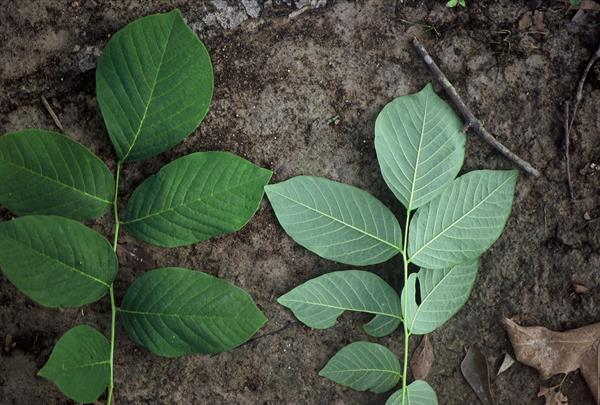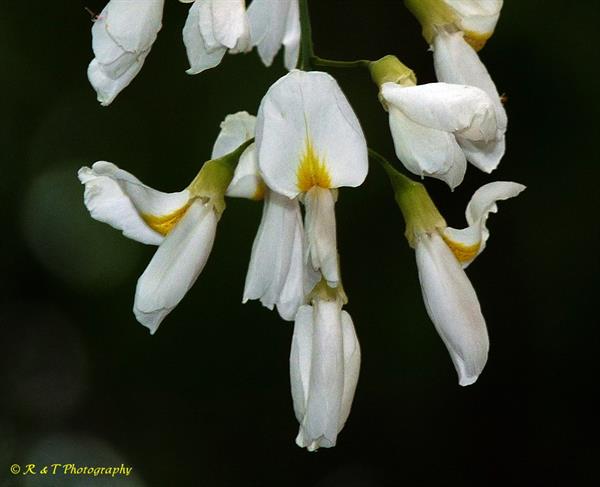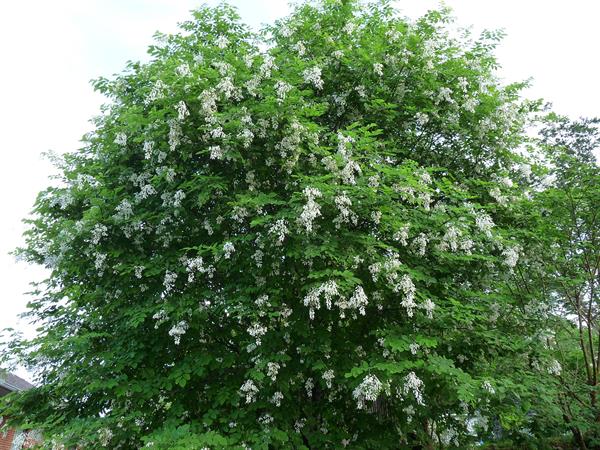
ID notes:Yellow-wood is a distinctive tree, distinguished by its smooth silvery-gray bark, peculiar once-pinnate leaves with alternate leaflets, and pendent panicles of white flowers.
Origin/Endemic status: Endemic
Synonymy: = Ar, Il, K1, K3, K4, NE, NY, W, Duley & Vincent (2003), Rudd (1972); = Cladrastis lutea (F.Michx.) K.Koch – C, F, G, RAB, S, S13, SE3, Isely (1981), Isely (1998), Robertson (1977); = n/a – Pa
Heliophily: 4
Hover over a shape, letter, icon, or arrow on the map for definition or see the legend.
 © Richard & Teresa Ware CC-BY-NC, permission granted to NCBG | Original Image ⭷
© Richard & Teresa Ware CC-BY-NC, permission granted to NCBG | Original Image ⭷ © Richard & Teresa Ware CC-BY-NC, permission granted to NCBG | Original Image ⭷
© Richard & Teresa Ware CC-BY-NC, permission granted to NCBG | Original Image ⭷ © Richard & Teresa Ware CC-BY-NC, permission granted to NCBG | Original Image ⭷
© Richard & Teresa Ware CC-BY-NC, permission granted to NCBG | Original Image ⭷ © Richard & Teresa Ware CC-BY-NC, permission granted to NCBG | Original Image ⭷
© Richard & Teresa Ware CC-BY-NC, permission granted to NCBG | Original Image ⭷Feedback
See something wrong or missing on about Cladrastis kentukea? Let us know here: (Please include your name and email if at all complicated so we can clarify if needed.)
Cite as...